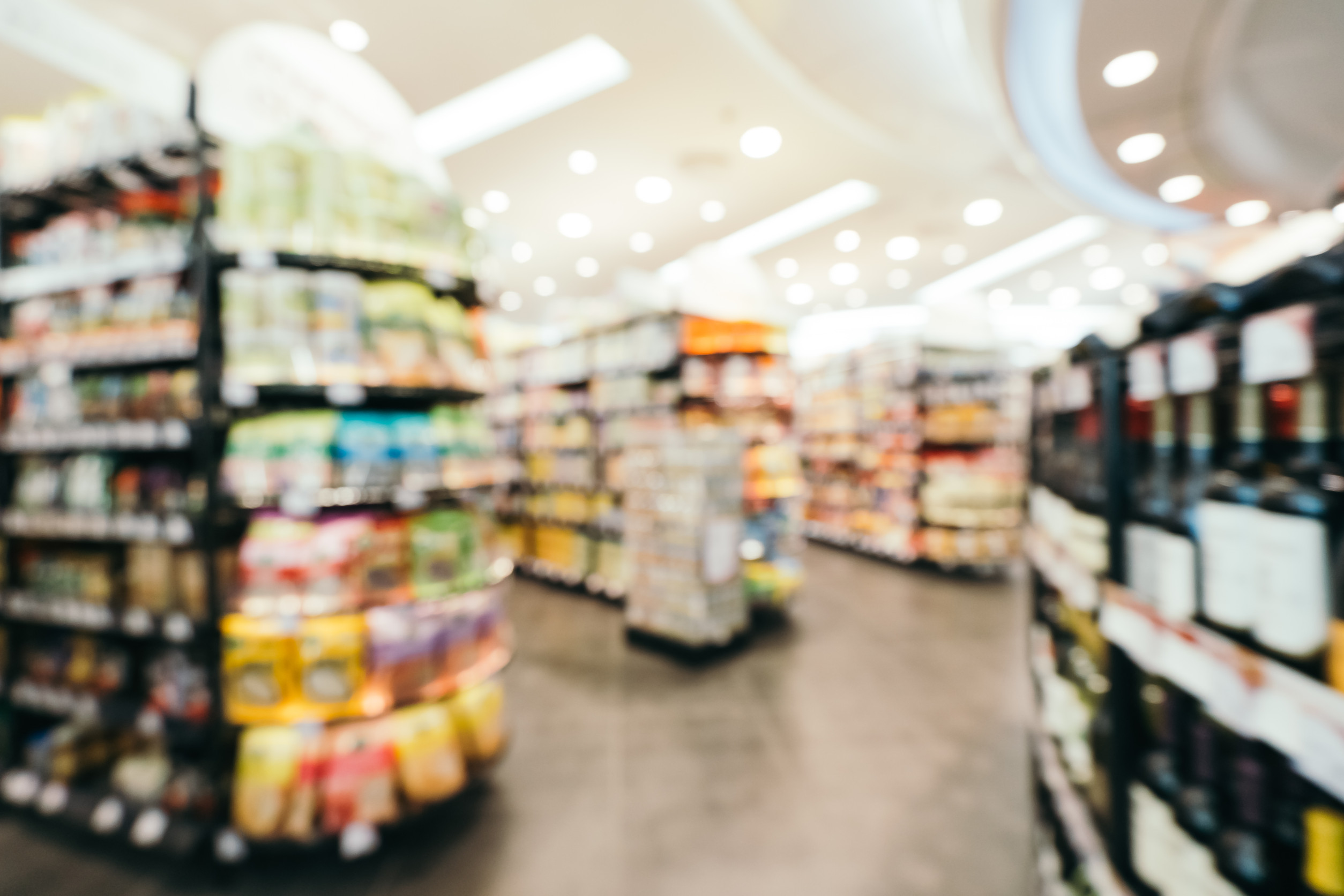Walking into a grocery store feels simple enough—grab what’s on the list, pay, and head home. But those aisles aren’t just stacked with cereal and soup; they’re engineered mazes designed to guide your wallet. Every detail, from music to lighting, is a calculated play on human psychology.
Shoppers rarely notice, but subtle tricks add up, turning a quick trip for milk into a cart full of snacks, candles, and “why did I buy this?” moments. Grocery stores aren’t just selling food; they’re selling the illusion of need, and business is booming because of it.
1. The Fresh Produce Trap at the Front Door
The moment shoppers walk in, they’re greeted with a colorful wall of fruits and vegetables. This isn’t just about health—it’s about mood manipulation. Fresh produce sends signals of abundance and vitality, making shoppers feel good about themselves and more likely to justify indulgences later. That apple at the start practically gives permission to grab the cheesecake near the dairy section. It’s a psychological warm-up, prepping wallets for the bigger splurge ahead.
2. The “Slow You Down” Music Playlist
Background music in grocery stores isn’t random—it’s a secret tool. Slower tempos encourage shoppers to move more leisurely, which means more time browsing and more items tossed into carts. Research shows people spend significantly more when stores play calm, soothing tunes than when the vibe is upbeat. On the flip side, faster music is sometimes used near checkout lines to speed up traffic. Either way, the playlist isn’t for entertainment—it’s a silent conductor guiding spending.
3. Milk and Essentials at the Back
Ever notice how the basics—milk, eggs, bread—are always in the farthest corner? That’s intentional, forcing shoppers to trek through multiple aisles to reach them. On the way, the brain gets bombarded with tempting sights and smells, increasing the odds of impulse buys. It turns a five-minute errand into a full-blown shopping trip. Essentials are the bait, and every step toward them is a chance to sell more.
4. Cart Size Shenanigans
Shopping carts have quietly grown over the decades, and that’s no accident. A bigger cart tricks the mind into thinking there’s still “room” for more, even if it’s already loaded. The psychology is simple: empty space feels like an invitation to keep filling. A basket makes shoppers think twice, but a cart practically begs for an extra bag of chips. The design isn’t about convenience; it’s about expanding appetites.
5. Endcap Displays That Scream “Buy Me”
Those displays at the end of aisles look like bonus deals, but they’re often full-priced items dressed up as special. The positioning alone gives them higher visibility, tricking shoppers into thinking they’re essentials or limited-time offers. Endcaps create urgency, and urgency leads to impulse. Brands even pay premium fees to secure those prime spots because they know shoppers can’t resist. The flashy setups aren’t just decoration; they’re psychological landmines.
6. The Smell Strategy
Stores pump out carefully curated scents, from freshly baked bread to roasted chicken, to stir up hunger. Hungry shoppers buy more, and the aroma flips the brain into craving mode instantly. Even if the bakery is tucked in the corner, the smell travels and lingers, sparking unplanned purchases. It’s not about feeding people—it’s about creating a sensory shortcut straight to the shopping cart. Scent sells, and it’s one of the most powerful invisible tools in retail psychology.
Outshopping the Store’s Mind Games
Grocery stores are battlegrounds of psychology, and every display, song, and smell is a tactic to push spending higher. From oversized carts to the strategic placement of essentials, the environment is designed to outsmart human instincts. Knowing these tricks is the first step to regaining control at checkout. With awareness, a quick grocery run can stay just that—quick and controlled.
What do you think about these strategies? Drop a comment and share your thoughts on whether they’ve ever tricked you.
You May Also Like…
6 Ways Revamped Grocery Loyalty Programs Are Spying on You
Why More Grocery Stores Are Quietly Recording Your Car’s Movement Patterns
10 Amazon Shopping Traps That Seem Legit (But Will Waste Your Money)
10 Sign-Posts That Tell You When You’re Falling Toward Impulse Spending
8 Items You Bought at the Grocery Store That Are Being Repackaged as “Wellness”


